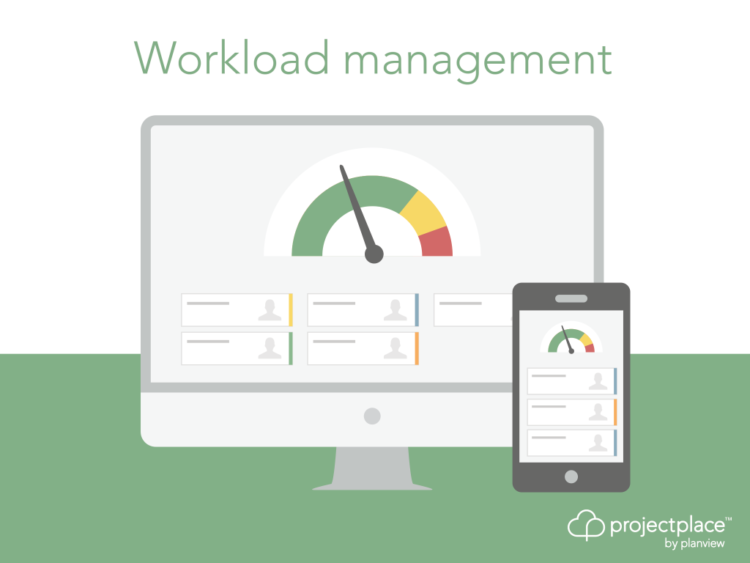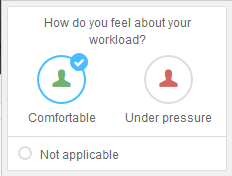
Is your team’s limit being pushed or is the current workload managable? That is a continuing question and daily struggle for many managers. Productivity software tools get the job done, but leave the project manager without smart people management capabilities to secure efficient and sustainable teamwork. Until now, that is. We’re proud to now introduce a pioneering collaborative Workload Management feature in Projectplace. It will enable teams and organizations in one project collaboration solution to access resource management capabilities for their most important asset: colleagues and team members.
 Workload Management in ProjectPlace Enterprise represents a new approach by enabling full overview of people’s commitments and provides a unique possibility for every team member to self assess the workload in all ongoing projects. It instantly addresses three crucial questions:
Workload Management in ProjectPlace Enterprise represents a new approach by enabling full overview of people’s commitments and provides a unique possibility for every team member to self assess the workload in all ongoing projects. It instantly addresses three crucial questions:
- Who is available for more work?
- Who needs help?
- Where are the potential risks?
Information formerly not accessible through traditional data or status meetings, such as unplanned-for activities , is now indicated as every member can provide immediate feedback on the level of work demands.
Workload Management in ProjectPlace includes:
- Workload view: The Workload view provides information about all overdue, ongoing, and planned cards and activities with cards associated to them, for each project member within an account
- Self-assessment: It is possible to quickly find and determine the specific workload of each individual, which gives project managers the ability to determine, for instance, which account members have the largest amount of assignments. If they only need to view members of particular projects, they can use the ‘project filter’ to only show workload for the subset of individuals that are members of specific projects
- Predictive analytics: Using a combination of data trends, such as historical data of task completion over time, predictive analytics can surface observations around team performance. It provides guidance to project managers when new commitments may approach and enables them to identify known productivity thresholds
![A Global Collaborative Work Management Blueprint [Video]](https://blog.planview.com/wp-content/uploads/2019/07/A-Global-Collaborative-Work-management-blueprint.png)

![5 Planview ProjectPlace Hidden Treasures You Need to Try [Infographic]](https://blog.planview.com/wp-content/uploads/2018/10/5-Projectplace-Hidden-Treasure-You-Need-to-Try-Infographic.jpg)

